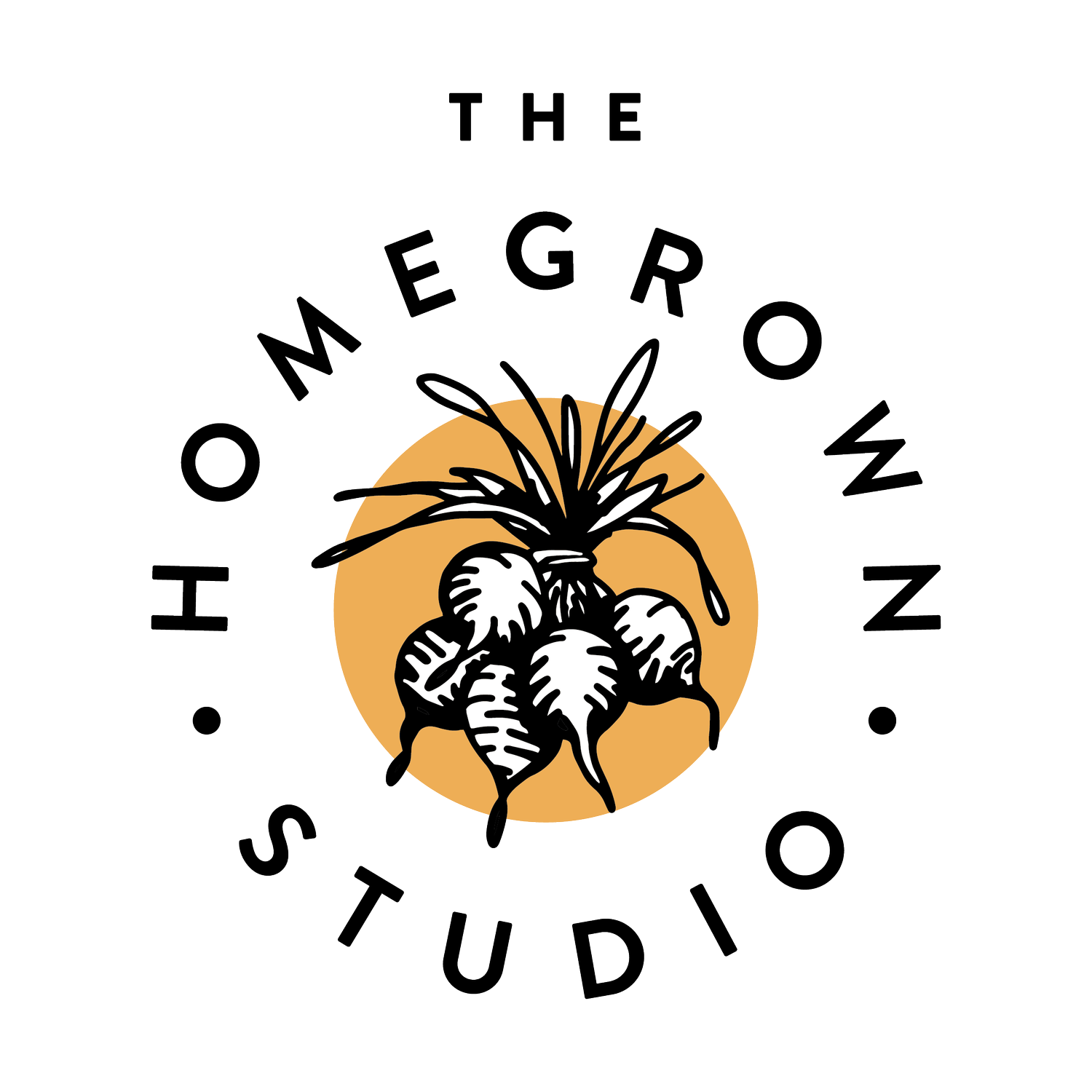1. Goals & Vision. I’m a big believer in setting measurable goals and writing them down. This is the sort of practice that moves businesses forward. I like to apply goal setting to the branding process right off the bat, and figure out why we are actually going through all of this, and what we hope to achieve once it’s all complete.
Some helpful questions when figuring out what our goals for a branding project are:
What is the state of my brand currently? What’s holding it back, and where would I like it to be?
What values are at the heart of my business and my brand?
What kinds of people am I most interested in connecting with?
Where does my business fit into the competitive landscape, and how can I rise above it?
How do I want my brand to make me feel? How do I want it to make others feel?
I like to set about five big goals when starting any branding project, and reference them often throughout the creative process. It’s always gratifying to look back on them at the completion of a project and see where we hit the mark, and then set ourselves up for future success as goals evolve.
2. Target Audiences. Branding is all about connecting with others and telling your story, but first we need to identify exactly who we want to tell it to! This goes beyond demographics and geography, and takes into consideration the values, practices, and personalities of the people you are looking to connect with.
These are key questions we want to consider when identifying target audiences:
What is their age, gender, location, and profession?
What truly matters to them - what values do they appreciate in a brand?
How do they typically shop for products and services?
What other brands do they love?
How do they communicate with peers?
How do they learn about new products and services available?
What challenges and frustrations do they have?
How do they make decisions?
What inspires them?
I usually develop about three personas to summarize our target audiences: three kinds of people we would absolutely love our brand to resonate with. This helps us envision who we will be telling our story to, and whether or not they can relate.
3. Our Friendly Competitors. Being focused on local small businesses and farms, “friendly competitors” is a term I lovingly use when we are considering our competitive landscape. I’m a big believer in community over competition. But, without competition, let’s face it: there’s no marketplace! So when approaching a branding project, we always want to be very aware of what our industry neighbors are doing to market their brands and businesses.
When sizing up the competition, these are questions we ought to be asking:
What are they doing right? What’s to love about this other brand?
Where are their weaknesses?
How are they engaging with their audiences?
How is their brand different from our brand?
What unique characteristics and advantages can we build on to set us apart from these competitors?
I like to divide competitors into three categories: brand crushes, local competition, and global competition. The global category usually identifies larger, corporate competitors that we don’t necessarily want to be like, but we realize it’s important to understand their marketing strategies.
4. Keywords. Branding is often thought of as a very visual process, but I consider language to be just as important of a tool when developing an identity. The way we speak and write about our brand is directly influencing the way others perceive our brand. I find it helpful to come up with a long list of adjectives that we want to use to describe our brand. These words will go hand-in-hand with our visual inspiration, and will become integral to the way we tell our story in marketing materials.
Here are some examples of descriptors that often come up for all sorts of brands:
Friendly • Elegant • Playful • Bright • Bold • Timeless • Natural • Eco-Friendly • Rustic • Trusted • High Quality • Refined Subtle • Traditional • Down to Earth • Handmade • Classic • Approachable • Sophisticated • Warm • Modern
5. Visual Inspiration. OK finally, the fun part – moodboards!!!! Or as I like to say, vision boards. It’s important when we’re starting a branding project to spend time developing a look and feel that resonates with you personally, but is also super relevant to your audiences. The vision board helps us marry those two things.
So, we collect all sorts of creative eye candy: graphics, logos, illustrations, photos, patterns, textures, colors, and typefaces, and bring them together in a way that illustrates our vision for the brand. This helps me immensely because it provides clear creative direction for when I start designing, but it will also help you envision what every piece of your brand should be aspiring towards. And no doubt – it will get you EXCITED about this process!
After all, this is an exciting process! Creating a brand should really be the fun part of doing business. After a thorough Discovery Phase, you will rest assured it will all stay fun, because we’ve set a clear, intentional strategy to drive the creative process towards success.

























